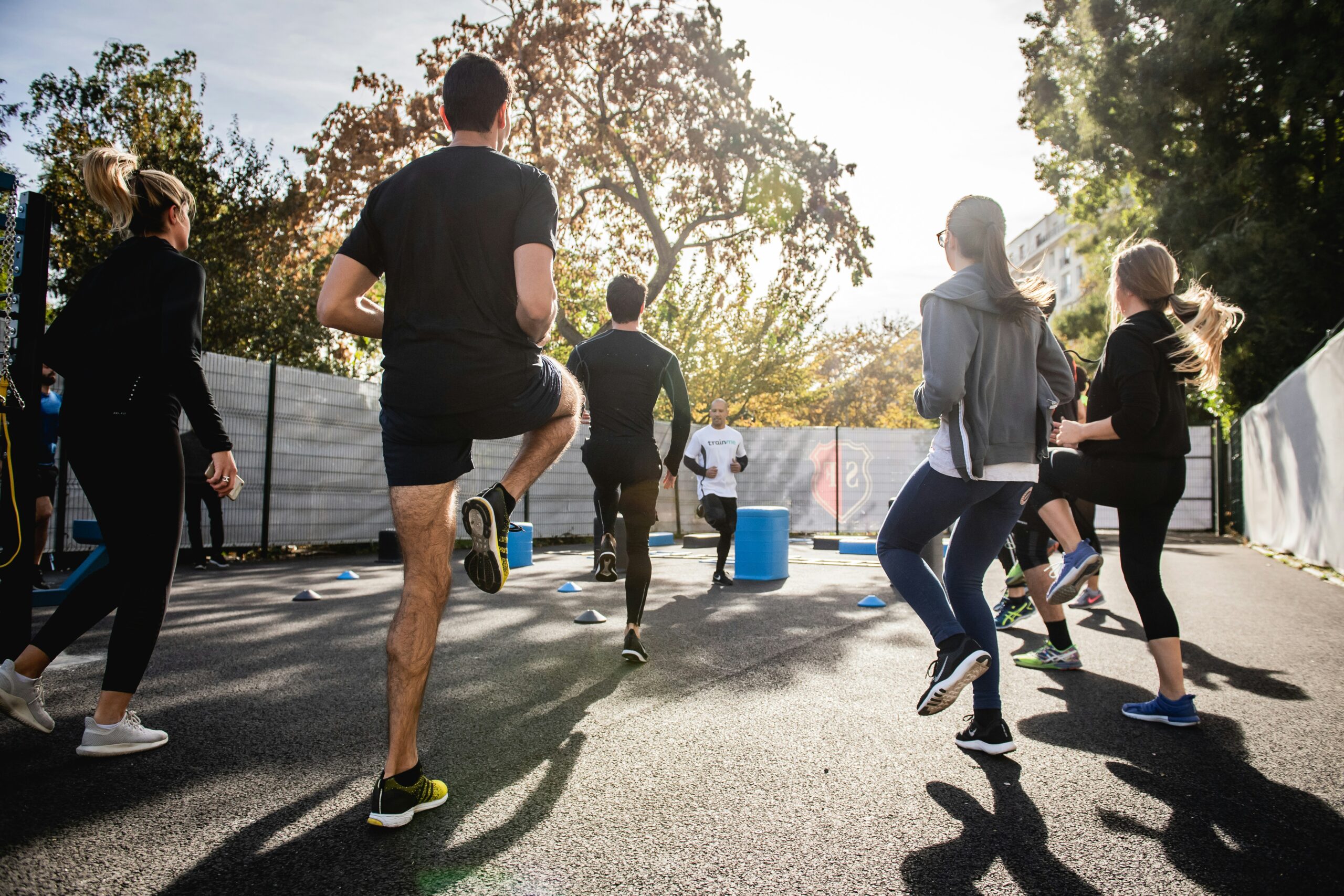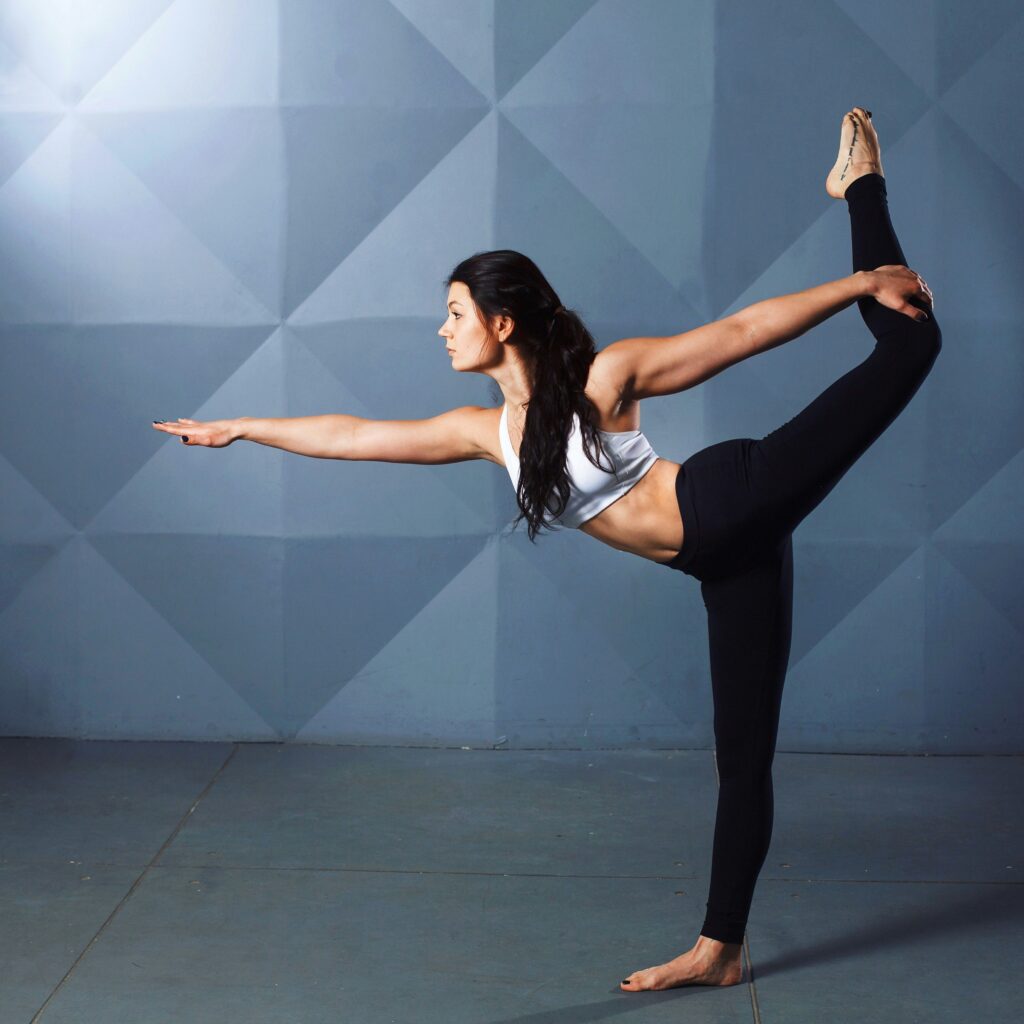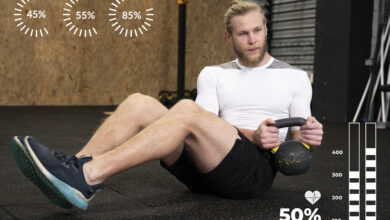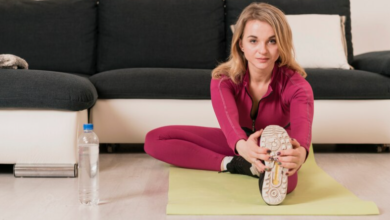Full Body Workouts To Your Guide to Total Fitness

“Unlock the secret to vitality to dive into the world of full-body workouts and emerge stronger, healthier, and unstoppable.“
introduction
Embarking on a fitness journey can be as thrilling as it is beneficial. And when it comes to health and wellness, full-body workouts are like the Swiss Army knife of exercise routines. Let’s dive into why these workouts are all the rage and how you can make them a part of your life.
The Foundation of Full Body Workouts
What Constitutes a Full Body Workouts?
Imagine giving every muscle in your body a high-five—that’s what a full-body workout does. It’s an all-in-one session that says hello to your arms, legs, chest, back, and abs. It’s about getting the most bang for your workout buck.
Benefits of Full-Body Workouts
Why choose full-body workouts? They’re time-savers and metabolism boosters, and they get your heart pumping. Plus, they’re great for those of us who can’t hit the gym every day but still want to stay in tip-top shape.

Crafting the Best full body Workouts Routine
Understanding Your Body’s Needs
Your body is unique, like your fingerprint. So your workout should be tailored to you. Whether you’re a spry 20-something or a wise 60-something, your routine should match your body’s needs and your fitness dreams.
Components of an Effective All-Over Body Workouts Routine
A top-notch workout routine is like a well-oiled machine—every part has a purpose. From warming up your muscles to the core of the workout down to the cool-down, each phase is crucial.
Warm-Up Routines
Think of a warm-up as the appetizer before the main course. It gets your body ready for what’s to come and helps you sidestep any nasty injuries.
Core Exercises
The main event of your workout should be a mix of exercises that say hello to all your major muscle groups. Think squats for your legs, push-ups for your arms and chest, and planks for that core.
Cool-down Techniques
Cooling down is your body’s ‘thank you’ time. It’s when you stretch out all those muscles you’ve worked on and help them recover, ready for the next workout.

Bodybuilding Tips for Beginners
Start with the basics.
Welcome to the world of fitness! If you are new to this method, the important thing is to start with the basics. Focus on learning proper form for exercises such as squats, lunges, push-ups, and other movements. These are the building blocks of any advanced operation, and knowing them will set you up for success. Remember, rushing at this stage can lead to injuries and frustration, so take your time. Fitness is not a race but a lifelong journey.
Progress and consistency
Once you’ve mastered the basics, make sure to progress slowly and steadily. As you get stronger, add some weight, do more, or work out an extra day. Compatibility is your golden ticket. This doesn’t mean hitting the gym every once in a while; it means making it a regular, manageable part of your routine. This approach ensures success and helps ensure a healthy lifestyle.
Advanced Total Body full Workouts Techniques
Combining Weights and Equipment
While you enjoy bodyweight exercises, it’s time to introduce weights. Start with light dumbbells or barbells and focus on compound exercises like bench presses, deadlifts, and overhead presses. These exercises work multiple muscle groups at the same time, making your workout more effective. Remember, the goal is to challenge your muscles, so feel free to gradually add weight as you get stronger.
High-Intensity Interval Training (HIIT)
For those ready to take it to the next level, HIIT is your next adventure. This type of training alternates between high-intensity work and fixed periods of low-intensity work or complete rest. It’s a great way to improve cardiovascular health, build strength, and burn fat. Additionally, HIIT workouts take much less time than traditional workouts, making them perfect for people with busy schedules.
Nutrition for Full Body Workouts
The Role of Nutrition in Fitness
Your body needs good fuel to exercise and recover from exercise. This means balancing macronutrients (protein, fat, and carbohydrates) in a way that supports your energy needs and fitness goals. Eating a diet rich in whole foods, such as lean meats, whole grains, fruits, and vegetables, will provide the nutrients you need to recover and build muscle after exercise.
Meals before and after exercise
The timing of meals is as important as the meal itself. A pre-meal should be eaten 1-2 hours before training to give you energy and contain carbohydrates and protein. After exercise, focus on eating foods containing protein to repair muscles and carbohydrates to restore energy. This could be chicken breast with brown rice or a banana protein shake.

Four Plateaus in Your Daily full body Workouts
Find Signs of a Plateau
A plateau is when you keep working out but see no progress. This is part of fitness and a sign that your body is adapting to your current job. You may notice that you lose weight, your body composition does not change, or your performance does not improve.
Paths to Success
To break through a plateau, you need to change the intensity, frequency, or duration of your exercise. Sometimes, adding new exercises or changing your routine can create new challenges for your muscles. Rest is also important. Short breaks can help your body recover and strengthen.
Psychological Benefits of Regular Exercise
Exercise and mental health
Regular physical activity has been proven to improve moods. It creates a feeling of happiness by releasing endorphins. Workouts can also help alleviate symptoms of depression and anxiety. The discipline and routine of regular exercise can also provide a sense of control and accomplishment.
Building a mind-body connection
Exercise isn’t just about the physical benefits; it’s also about developing a deeper connection with your body. Mindful exercise helps you tune into how your body feels during movements, creating a sense of presence and awareness. This connection can lead to better form, greater satisfaction, and a deeper appreciation for your body’s capabilities.
Tailoring your full body workouts to your lifestyle
Busy schedules and fitness
No matter how busy you are, there’s always a way to incorporate fitness into your life. It might mean a quick workout at home before work, a run during your lunch break, or a yoga session before bed. The important thing is to find a program that works for you and stick to it.
Create a flexible exercise plan.
The flexibility of your exercise plan means you’re more likely to stick with it. Life is unpredictable, so it’s important to have a plan that can adapt to changing times and responsibilities. This may mean doing lots of exercises at home if you can’t get to the gym or learning some quick and effective exercises to deal with shortness of breath.
Technology and full body workouts
Fitness apps and online resources
These days, fitness apps and online tools make it possible to have a personal trainer right on your phone. These tools can help you keep track of your workouts, give you different workout plans, and even give you nutrition advice. They can help you stay on track and give your fitness journey a higher level of accuracy.

Virtual Training and Its Advantages
Virtual training has changed the way we think about getting into gyms. You can work out with a teacher from anywhere with online classes and virtual personal training sessions. Because it’s so easy, you’re more likely to keep up with your workouts even when things get busy.
Community and Support in Fitness
Finding like-minded individuals
A supportive community can be a powerful motivator in your fitness journey. Whether it’s a local running club, a group fitness class, or an online community, connecting with others who share your goals can provide encouragement, advice, and accountability.
The Role of Community in Motivation
Being part of a fitness community can give you a sense of belonging and motivation. Sharing your goals, struggles, and successes with others can help you stay committed and make the journey more enjoyable.
Measuring your full body workouts success
Setting realistic goals
Success in fitness is personal. It’s not about competing with anyone else; it’s about setting your own realistic goals and working towards them. Whether it’s running a 5K, lifting a certain weight, or simply feeling healthier, your goals should be about what makes you feel good and what you want to achieve.
Tracking progress effectively
Keeping track of your progress is essential. It can be as simple as noting your workouts in a journal, using an app to record your exercise and dietary habits, or taking regular photos to visually document your journey. Celebrate your milestones, no matter how small, and use any setbacks as learning experiences.
Common Mistakes to Avoid in Full Body Workouts
Overtraining and its impact
It’s important to push yourself, but not to the point of overtraining. This can lead to burnout, injury, and decreased performance. Make sure to include rest days in your routine to allow your body to recover.
Ignoring body signals
Your body knows its limits. If you’re feeling pain or excessive fatigue, it’s a sign to take a step back. Ignoring these signals can lead to injuries and setbacks.
Conclusion
There you have it—a complete guide to full-body workouts. Remember, fitness is personal, so take what works for you and make it your own. Stay consistent, listen to your body, and keep your goals in sight. Here’s to your health and wellness!
FAQs
- What is a full-body workout? A full-body workout is an exercise routine that targets all the major muscle groups in one session.
- How often should I do a full-body workout? Most experts recommend 2-3 full-body workouts per week, allowing for rest days in between.







